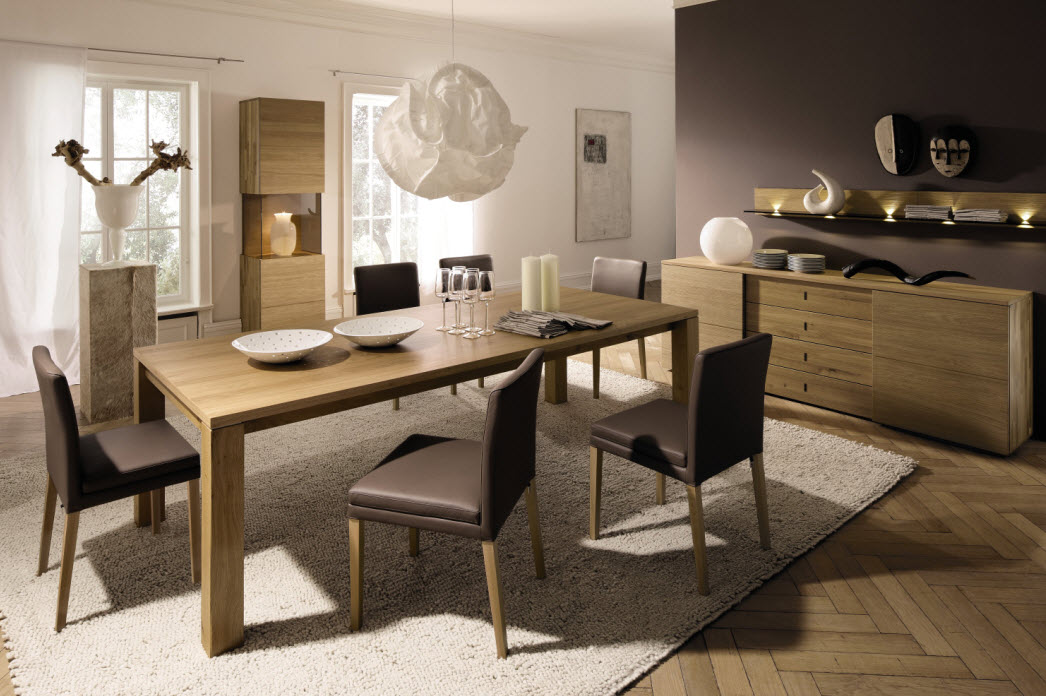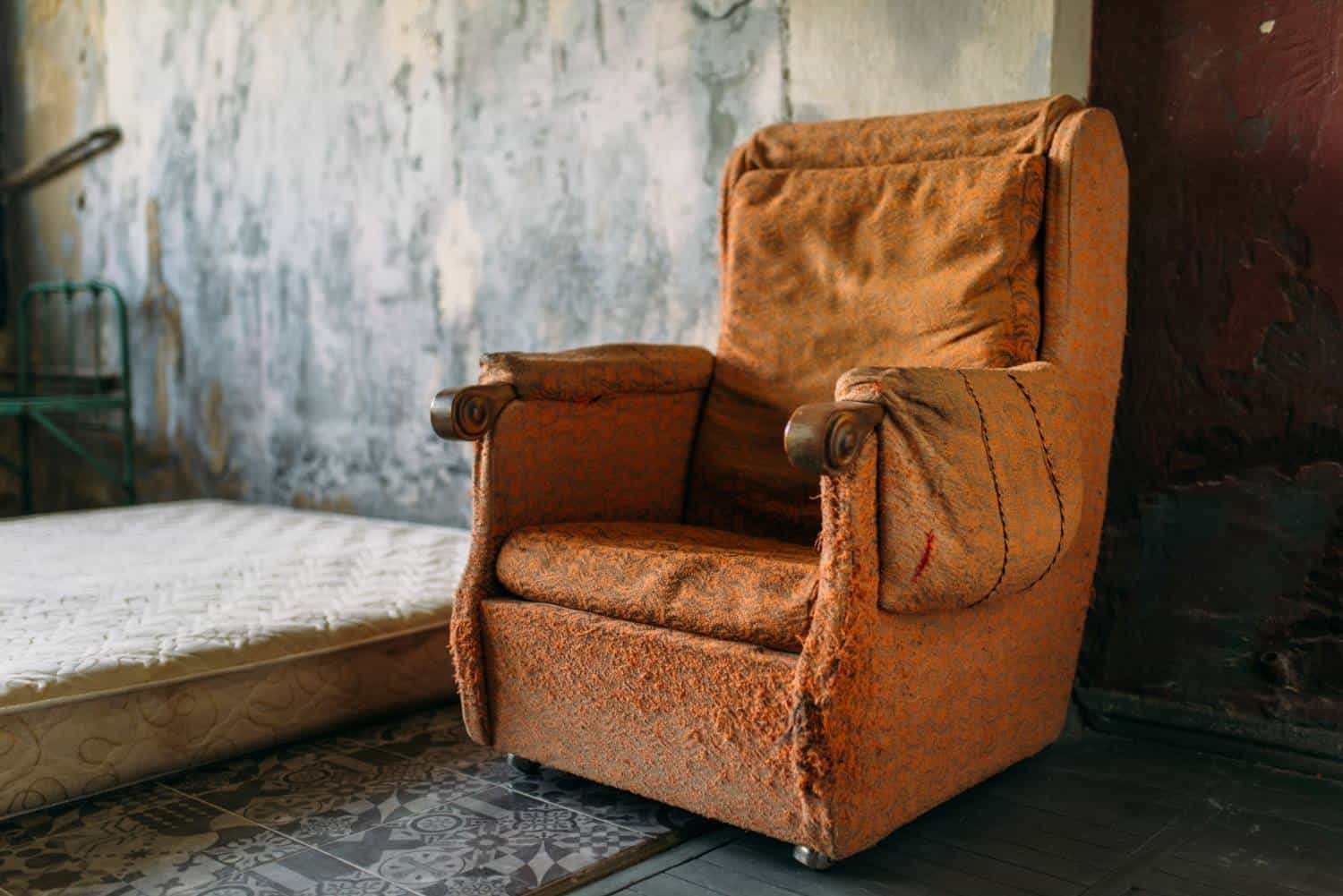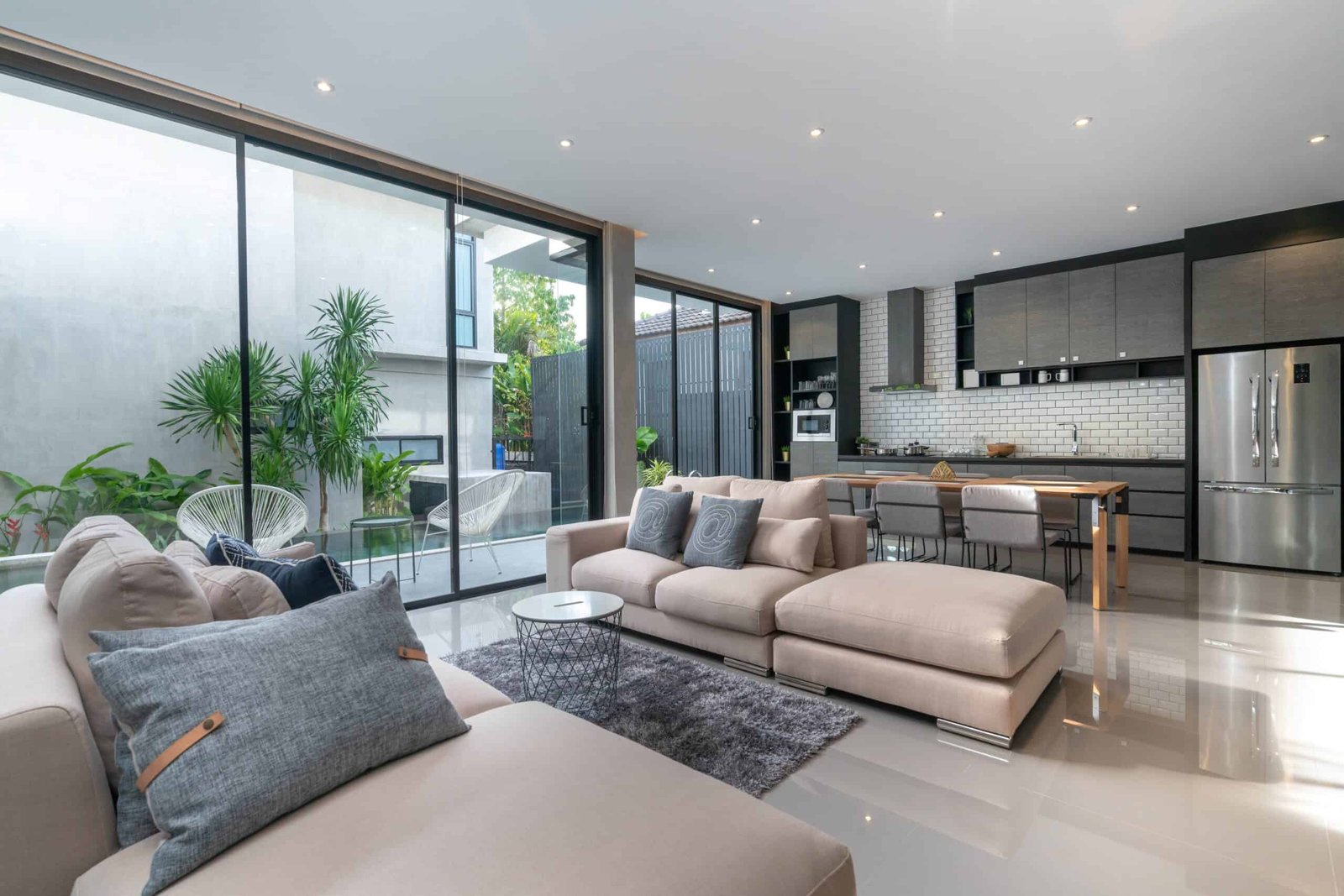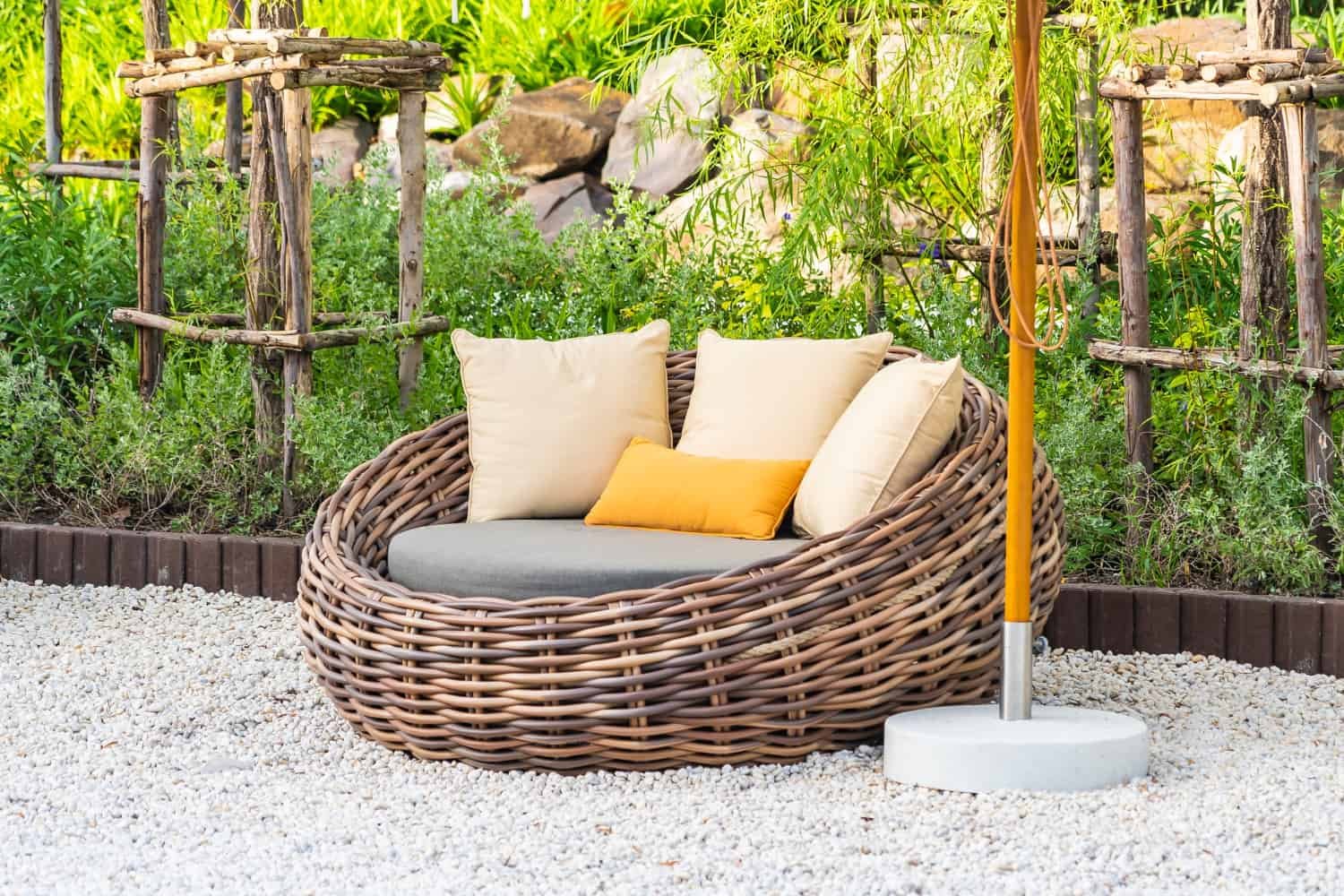
Disclaimer: As an Amazon Associate, “Furniture UK” earns from qualifying purchases.
Are you tired of a poorly planned dining space that doesn’t work for you? Maybe you’ve tried placing your table in different rooms or rearranging your furniture, but nothing seems to click. If that’s the case, don’t worry – you’re not alone. Many homeowners struggle to create a functional, stylish dining space that suits their lifestyle. However, with some planning and creativity, you can transform your dining area into the perfect spot for family dinners, entertaining guests, or even a quiet workspace. This article will explore some essential planning ideas to help you make the most of your dining space, regardless of size or shape. From measuring your room to choosing the right furniture and lighting, we’ll provide expert tips and tricks to turn your dining area into a place you’ll love to spend time in.
Red for dining
If you have seen red conspicuously found in dining spaces or restaurants, you should know it’s not by mistake. The red hue stimulates appetite and is one of the energizing shades around. It’s perfect as the backdrop for socializing situations and a colour you might want to plan for while designing your dining space. Don’t forget to choose the shade of red carefully to avoid applying an angry and oppressive hue on the space rather than a warm and easy colour that encourages your family to enjoy meals together. Don’t paint too much red if the dining room is dark or small. Perhaps a red wallpaper or red-coloured painting would do.
Note that other colours, such as yellow and orange, water your mouth. Some blue is also good to make everyone easy and encourage a conversation, particularly if blended with some white. You can also stick with neutral while avoiding purples and pinks due to their soothing nature; they are not great for entertaining or enjoying a meal.
Table shape
It’s essential to ascertain the shape of the table by paying attention to the floor plan. A rectangular floor space, for instance, will be sufficiently covered by an oval or rectangular dining table top, while a round or square table best serves a square-shaped dining space. Remember that every person on the dining table will need at least 26 inches of the tabletop.
Mind the lighting
The dining room must remain airy and lighted during the day, perhaps using natural light. At night, a soft and warm ambience is everything and can be accomplished by avoiding lighting from the ceiling or above. If a room is dark due to its location, avoid curtains and choose neutral or pale blinds for the windows. You can also put up lighters and lamps across the dining space at distinct levels, varying the room lighting.
Think about dining furniture choices
Once you have determined the size of the dining space, choose the dining room furniture you need. There are many dining tables, including the best dining chairs of all shapes and sizes. Sleek modern and traditional furniture designs are great for a dining space, including dining set complements such as exquisite sideboards, buffets, and dressers. Please read our article about the importance of choosing the best dining chair.
If you have dead space in your dining space, you can fill it up with more furniture choices like china hutches, great for dish displays behind a glass cabinet. Think about buffet tables that add extra space for serving meals and doubling as serving for before or after dinner cocktails or a bar.

Go with an open plan
Modern homes do not have much space, and open dining room plans allow for integrating dining spaces with kitchen areas or contiguous living spaces. You might not have a place to add a china cabinet or sideboard. Still, you can solve this problem by going for a tall cabinet enclosed with glass offering space for more tableware storage while displaying a decorative outlook.
Traffic and dining room function
Before you plan your dining room, be clear about the space’s functions and the frequency of use and access. For example, dining rooms will require tables and chairs while doubling as a reading area for children to complete homework or home office. The dining room might also be a walkway to access other sections of the home or room. This means a table should not be placed where it can block traffic through the dining space. A dining room can also do with some workstation area.








